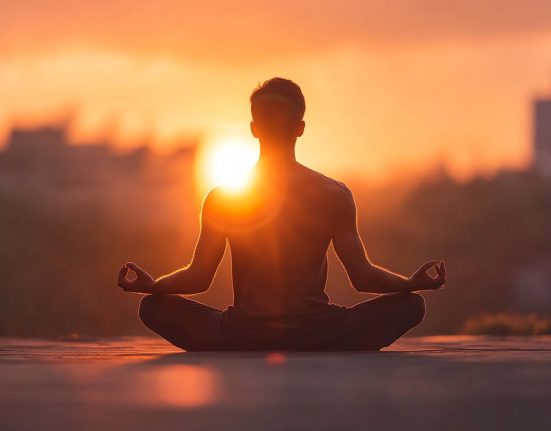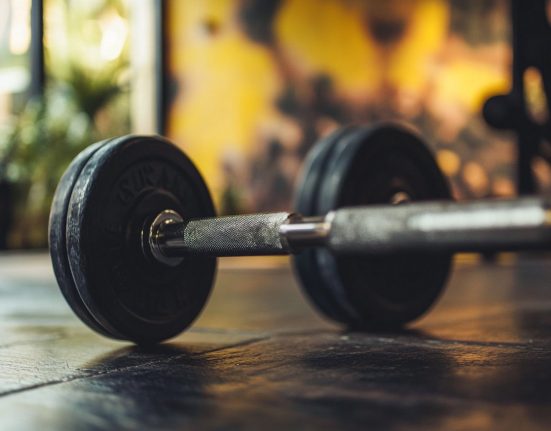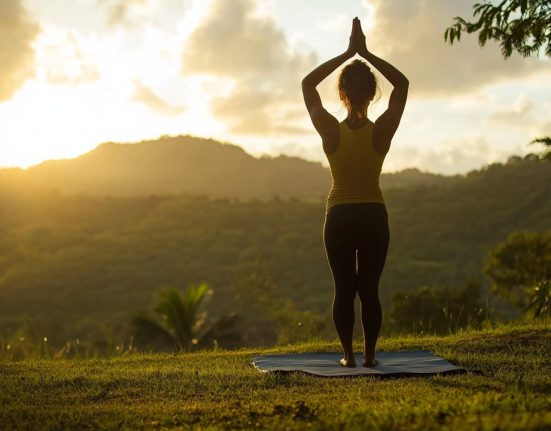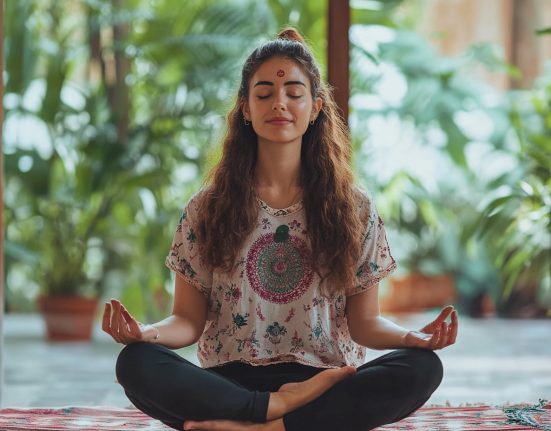Yoga can be a fun and easy exercise for kids of any age — plus it can help children achieve their recommended daily amount of physical activity.
No matter how kids do yoga, it’s important to make it fun, says Teresa Power, a yoga teacher and founder of International Kids’ Yoga Day. Parents can use books, videos, or kid-focused classes to teach their kids yoga. They can also practice with them, says Sally Delisle, a registered children’s yoga teacher and co-owner of ChildLight Education Company.
Here are 10 poses Delisle recommends for kids from toddlers to age 12. While these poses are suitable for older kids and adults, they may want to explore more advanced poses and sequences.
Each pose may be held for one to three breaths and then repeated one to three times.
1. Easy seat
1. Have your child sit cross-legged on the floor.
2. Make sure they sit tall, with their shoulders over their hips and their ears over their shoulders.
3. Rest their hands in their lap.
2. Balloon breath
1. Have your child sit in the easy seat pose and place their hands on their abdomen.
2. Have them slowly inhale as if filling their belly with air, like a balloon.
3. Next, they should slowly exhale, releasing the air out.
4. Repeat several times.
3. Cat and cow
1. Invite your child to begin in table position, on their hands and knees.
2. Next, direct them to inhale while reaching their heart and gaze forward and up.
3. Have them exhale, arching their spine up to the sky while gazing back toward their knees. Flow back and forth between the two.
4. Mountain pose
1. Ask your child to stand tall with their feet hip-distance apart and toes pointing forward.
2. Have them rest their arms by their sides.
3. Encourage your child to gaze forward, finding something to focus on in front of them.
4. Have them inhale, lifting their shoulders up to their ears, and then exhale, as they move their shoulders back and down.
5. Ragdoll
1. Start with your child in a mountain pose.
2. Have them bend at the hips to fold forward.
3. Encourage your child to release their hands and head toward the floor.
4. With a soft bend in the knees, invite your child to sway slowly from side to side or gently bounce in their fold.
6. Star pose
1. Have your child start in a mountain pose.
2. Invite them to step or hop their feet apart and stretch their arms into a wide T shape.
7. Warrior two
1. Have your child start in star pose.
2. Next, they should spin their right toes out toward the front of the mat and bend their knee so it aligns with their ankle.
3. Ask them to gaze forward over their right fingertips.
4. Repeat on the other side.
8. Tree pose
1. Invite your child to begin in a mountain pose.
2. Have them lift one knee up and turn it out to the side.
3. Ask them to place the foot on the inner shin or ankle.
4. Next, they can reach their arms up like tree branches.
5. Repeat on the other side and finish in a mountain pose.
9. Boat pose
1. Have your child sit down with their knees bent and feet on the floor in front of them.
2. Invite them to extend their arms straight forward.
3. Have them lift their toes slightly off the ground, working to find their balance.
10. Resting pose
1. Have your child lie down on their back, with their arms by their sides and palms facing up.
2. Encourage them to rest their gaze or close their eyes.
3. Have them lie still and rest for a few minutes at the end of each yoga session.
4 Benefits of yoga for kids
Yoga offers several benefits for kids. A 2008 review of studies on the therapeutic effects of yoga for children found yoga can improve physical functioning, cardiorespiratory fitness, and behavior in children and adolescents.
Here are some more specific benefits:
1. Enhances flexibility and strength
Yoga builds strength and improves flexibility by stretching muscles and moving joints through their full range of motion.
“That’s really important for young children, especially because their muscles are starting to develop,” says Power.
Moving through yoga poses and holding a challenging pose strengthens muscles. Because yoga uses both sides of the body, it can target muscle imbalances. For example, sports like tennis use one side of the body more than the other.
2. Improves balance and coordination
By holding yoga poses, kids improve their balance and coordination.
It also promotes the development of the vestibular system, which involves your sense of balance and spatial orientation, says Delisle.
3. Reduces anxiety and depression
Yoga’s focus on the breath is a form of mindfulness — when you take a moment to pause from the hustle and bustle of daily life and quiet your mind. This can be helpful for kids because deep breaths calm the body, Delisle says.
4. Boosts self-esteem
When kids try yoga poses for the first time, they may have trouble doing them or holding still. “When they see that they’re mastering that pose, it gives them a lot of self-confidence that they can do it,” Power says. Sometimes kids are proud when they can teach a parent a pose.
Insider’s takeaway
Yoga is not only fun for kids but also builds strength, improves self-confidence, and teaches them mindfulness. The mind-body exercise that yoga provides is good for kids as well as for adults, and parents may enjoy practicing yoga with their children.








